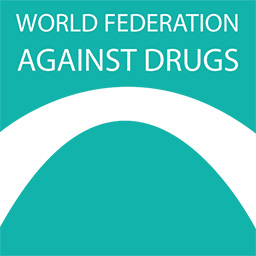A new report on doping in Sweden was released today
Some highlights from the report
No reliable data is available
on the number of users of doping agents in Sweden. However, at least 10,000 people are estimated to have used doping agents in the past year. The number of crimes and seizures has grown in the past decade, which could indicate a greater occurrence of doping.
A typical user is a man between the ages of 18 and 34, who regularly strength trains at a gym. Use appears to be very low among women. Doping agents are mostly used in “treatments” of 6-12 weeks, interspersed with equally long doping-free periods. Mixed substance abuse with narcotics, alcohol and/or other medication is not uncommon and can exacerbate the side-effects.
Doping agents are used to improve athletic performance, obtain a more muscular and powerful body, become stronger and more aggressive, or achieve a feeling of invincibility. Use for intoxication purposes is less common.
Knowledge of the health effects of doping agents is limited. However, it is clear that their use can lead to serious physical, mental and social problems such as serious depressive symptoms and aggressiveness.
Methods for prevention in gym environments are under development. However, prevention and treatment research in the doping field is otherwise undeveloped. Many questions remain unanswered as to what measures are effective in limiting and treating doping problems.
Doping agents are easy to get a hold of. The Internet plays a major role in marketing and trade as well as gathering and exchanging knowledge. The penalties for crimes against the Doping Act are longer than for crimes against the Penal Law on Narcotics.
Knowledge of doping is still limited. On one hand, many areas lack research, and on the other, knowledge is limited among practitioners, officials and decision makers.
The report is available in Swedish only.


Leave a Reply
You must be logged in to post a comment.